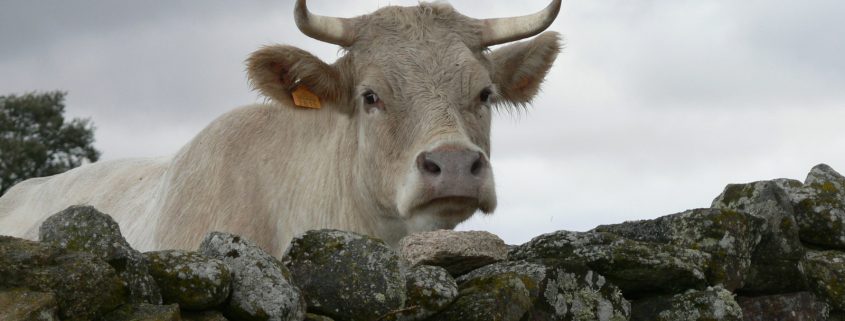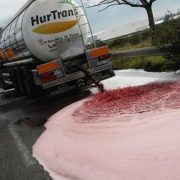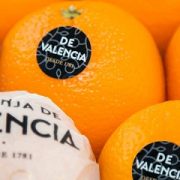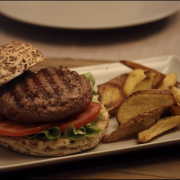TTIP: Livestock EU clears no future in negotiation
The next rounds of negotiations between the European Union and the United States to sign the Transatlantic Agreement for Trade and Investment (TTIP by its acronym in English) will mark the future of the European livestock sector. The initial approach of both delegations is to keep their livestock production regulations.
By the EU, Ignacio Garcia Bercero exposed at the end of the 12th round “Everything we do will be completely transparent and respect the independence of regulators and our respective national regulatory processes. It will not change the way regular public policies such as food safety or environmental protection. ”
An agreement with this approach placed in a deeply unbalanced and unfair to EU producers who apply the demanding European production model,with significant cost overruns in relation to the US model situation.
The main regulatory costs for Community livestock are:
EU restricts the use of new technologies of Genetically Modified Organisms (GMOs) for the production of raw materials for animal feed. In U.S.A. these new technologies are used widely, increase productivity by at least 15% and reduce costs in pesticides, herbicides, tillage, etc.
The EU limits the supply of raw materials by establishing levels of residues (MRLs) of pesticides and aflatoxins in lower raw materials accepted in the US This prevents the supply of the Community market from traditional sources such as Argentina.
The EU does not allow use growth promoters (hormones, antibiotics and other) in animal production, while the US whether. So the conversion rate improvement in US up to 15-20% in veal pork production cost is reduced 2 € / 100 kg of meat produced meat and chicken, about 0.8 cents / kg. liveweight.
The EU does not allow the use of bovine somatotropin hormone (BST), which enhances milk production increasing by an average of 16% in US production
EU bans the use of animal by-products (processed animal fats and tallow and poultry manure proteins) in animal feed consumption, while in the US They are authorized, reducing the cost 2% of compound feed.
The EU requires the Community livestock to hire the management of animal by-products at a cost that, in the case of pork and beef, reaches 1.8 € / 100 kg of beef and suckler cow € 23 concept of removal of corpses.
The EU is very restrictive in regulating use of additives and veterinary medicinal US This asymmetry, depending on the species, imposes a cost for the increased use of preventive treatments and controls.
EU imposes rules on food safety and animal health in the added production costs for health checks, removal of positive animals, mandatory testing, incident management, administrative expenses records and traceability, among others. For example, in the production of chicken meat cost control salmonella amounts to 1.1 € / 100 kg liveweight.
The EU prohibits the processing of poultry by chlorination, which EE.UU.se widely used. Increases costs of handling carcasses in slaughterhouses community.
The EU has environmental regulations affecting the authorization of farms, the use of manure, to reduce gas emissions and waste management. mainly affecting poultry and pig production (the extra cost of egg production is 2.2%, in poultry, 0.8 cents per kg of live weight in the pig sector and € 6.10 / 100 kg.)
EU imposes traceability along the chain: identification of animals and products, keeping records, issuing certificates and guides and individual marking of carcases and eggs. The cost amounts to 130 € / 1000 chickens per year, and 17.8 € / cow nurse and 3 € / 100 kg of meat in the pig sector.
The EU applies a comprehensive legislation on animal welfare on farm, during transport and slaughter, among others. An increase of 6.7% in the cost of egg production in the pig sector and 0.70 € / 100 kg. of meat.
The impacts of the regulations mentioned amount to the following total unit costs (more regulatory variables) production in the EU and US (*). This cost difference makes it impossible for EU farmers to compete in a future open market to keep two such different regulatory models because it benefits the cheaper productions, which are the US
This conclusion is clear for US negotiators, who have recently released their forecasts of increased exports to the European Union in the report Agriculture in the Transatlantic Trade and Investment Partnership: Tariffs, Tariff-Rate Quotas, and Non- Tariff Measures.
Sign an agreement maintaining the existing differences between the two regulatory models puts farmers and European consumers in a deeply unfair and unacceptable situation because it will allow the entry into the market of foods produced without the Community requirements and lower prices, which would take the livestock sectors to ruin.
The signatory associations are not against TTIP if a single regulatory model (equal, not “equivalent”) is adopted. Meanwhile, the sub-sectors of beef cattle and milk, pork and poultry and egg production (which represent only 0.47% of the GDP of the European Union) consider just their exclusion from the TTIP.
The EU-Canada CETA Treaty and the TPP, precedent to consider in negotiating the TTIP
Canada has recently signed free trade agreements with the EU (CETA called -Comprehensive Economic and Trade Agreement-), and the Trans Pacific Partnership Agreement (TPP) -. In both cases it has been careful to protect their livestock sectors considered sensitive. The European Union should take example and proceed accordingly.
(*) Impact on Community Spanish livestock sector and the agreement of Transatlantic Trade and Investment Partnership (Transatlantic Trade and Investment Partnership -TTIP-) between the United States and the European Union.
Source: Aseprhu, Asoprovac, UPA, ASAJA, Anprogapor, Propollo, AECEC, Unistock Spain, Agrifood Cooperatives of Spain
















